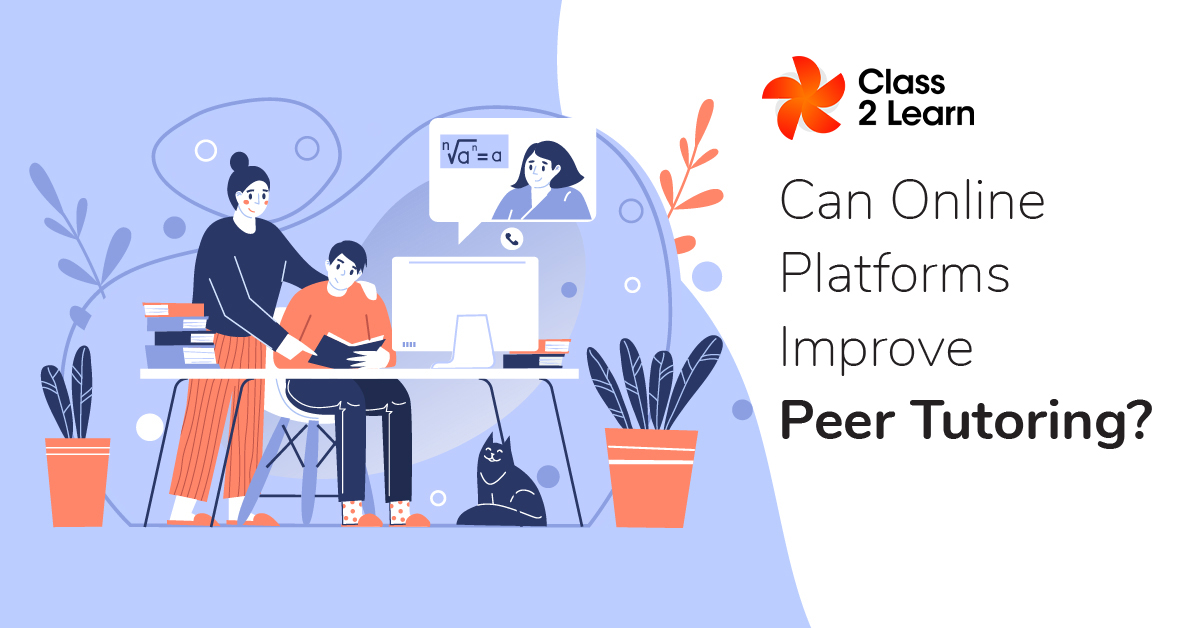The pandemic has led to a rise in several online learning management platforms. Now, higher education institutions are looking into new technologies as a solution for peer tutoring. Online platforms enable instructors to assist students in need, while also creating a way for tutors to get compensated for their services.
Many schools and universities use peer tutoring, either as a walk-in or appointment-based program on campus, to enable out-of-class support available to all students. Nevertheless, tutoring centers have been among the services lost when college campuses have shuttered or become less. This is particularly detrimental at a stage where students are being required to sustain their workload under demanding circumstances, which will result in lower scores. On college campuses, tutoring has proven to be an indispensable service.
Inside Higher Ed reported on how Indiana University, like many institutions across the country, rushed to implement a virtual tutoring system that could connect tutors to struggling students online. Connecting students to tutors online couldn’t be done ad-hoc because the support service needs to be able to assign tutors to students who request them and track their hours.
Then, tutors need to be trained to use online video conferencing and collaboration tools and get the tutored students to use these too. This level of complication presents many problems, especially when student support centers need to create their online system from scratch.
Additionally, the tutoring services are based on having tutors available to help students on campus, paying tutors hourly, not based on how many students they help. Changing to paying tutors based on their services may discourage tutors from working or pressure them to serve more students.
Using Online Tutoring Systems
While a spontaneous strategy could be effective in the near term, schools are discovering that a more organized framework is required. Only 28% of private universities questioned by Primary Research Group reported having an online tutoring program in place before the epidemic. As a result, many resorts to other sources. Such third-party systems like Knack and Knoyo exist expressly for virtual tutoring.
If the institution hires them, they can allow tutors to register, at which point students can look for a tutor depending on the topic they need assistance with and the time the tutor is accessible, giving them more freedom and guaranteeing they can discover the proper teacher.
Universities are compelled to pay for these services, but they may save money by not having to staff tutoring centers full-time, which makes them more effective and doesn’t waste tutors’ time. Students are more inclined to use the program if they can find tutoring that fits within their timetable.
Once a tutoring session has been scheduled, students can attend it and communicate with the tutor via the screen interface and voice to share their schoolwork and discuss any problems they are experiencing with it. The fact that tutors will be aware of the subject they need to assist the student with in advance gives them an edge over regular higher education tutoring in that they won’t be caught off guard and less able to offer useful guidance and input.
The business model for third-party tutoring is frequently centered on the student paying the teacher electronically and the platform earning a cut. Universities, on the other hand, have paid a price for having access to the service that they provide to their students without cost during the pandemic. Tutors are compensated according to the number of lessons they deliver.
The pandemic’s difficulties are well-documented, and it is well recognized that college students, who are arriving new, have trouble adjusting to their new surroundings. Making online tutoring more available in colleges can improve their ability to pass mandatory courses by making it easier for them to seek out help at their convenience.





Add comment